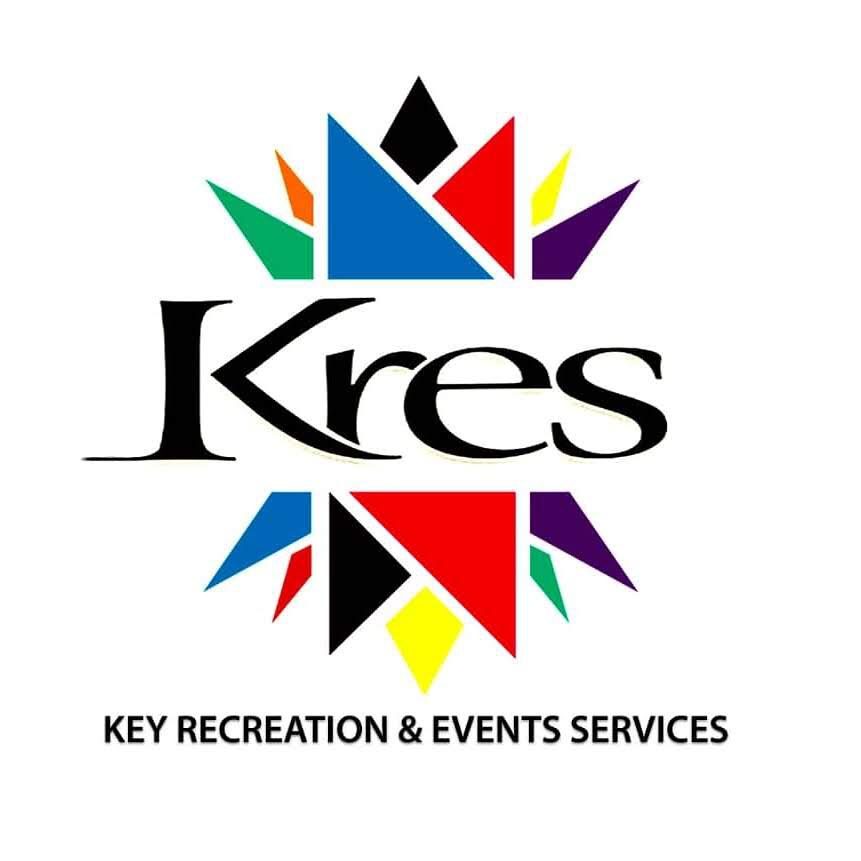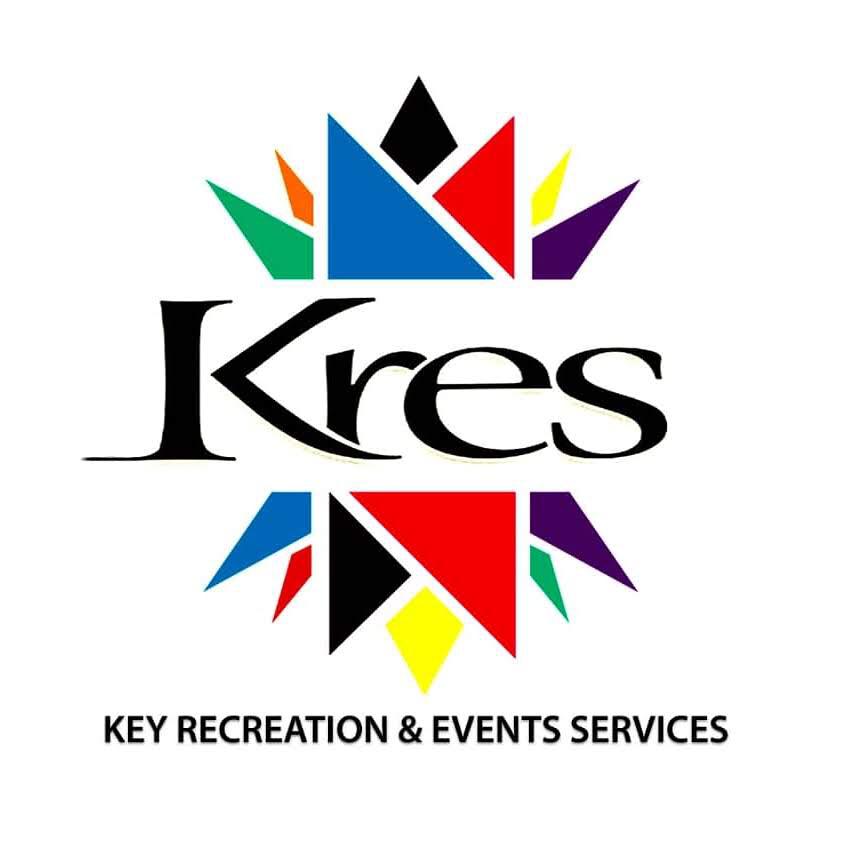Step 1: Initial Planning & Goal Setting
- Define the Event Purpose:
- What is the event’s objective? (e.g., celebration, networking, fundraising, awareness).
- Identify key stakeholders (clients, sponsors, attendees).
- Establish a Budget:
- Set a maximum budget and allocate funds to key areas (venue, catering, decor, entertainment).
- Include a contingency (10-15% for unexpected costs).
- Choose a Date & Venue:
- Consider factors like seasonality, holidays, and venue availability.
- Book the venue early to secure your preferred location.
Step 2: Developing the Event Concept
- Create a Theme & Vision:
- Choose a central theme (e.g., modern, rustic, corporate elegance).
- Develop a color palette, decor style, and event branding.
- Design an Event Timeline:
- Draft a detailed schedule from setup to teardown.
- Assign responsibilities to team members.
Step 3: Vendor Selection & Coordination
- Venue:
- Consider capacity, accessibility, parking, and amenities.
- Visit the venue for a walkthrough and ask about restrictions (e.g., noise, catering).
- Catering:
- Choose menu options that suit your audience (dietary restrictions, cultural preferences).
- Schedule tastings and confirm service style (buffet, plated, food stations).
- Entertainment & AV:
- Book entertainment (DJ, band, speakers) early.
- Arrange audiovisual needs (microphones, projectors, lighting).
- Decor & Rentals:
- Source tables, chairs, linens, and floral arrangements.
- Coordinate with decorators for custom setups.
Step 4: Marketing & Guest Management
- Create Invitations:
- Digital or printed invitations with RSVP tracking.
- Include essential details (date, time, location, dress code).
- Promote the Event:
- Use social media, email campaigns, and press releases.
- Create a hashtag for online engagement.
- Manage RSVPs:
- Track guest responses and send reminders.
- Prepare a guest list and seating chart.
Step 5: Event Logistics & Day-of Coordination
- Staffing & Volunteer Management:
- Assign roles (e.g., registration, hospitality, technical support).
- Conduct a pre-event briefing and distribute a contact list.
- Setup & Execution:
- Arrive early to oversee setup and vendor arrivals.
- Conduct final checks (AV, lighting, signage).
- On-Site Management:
- Monitor event flow and address any issues.
- Keep the timeline on track and ensure guest satisfaction.
Step 6: Post-Event Wrap-Up
- Feedback & Evaluation:
- Collect attendee feedback via surveys or interviews.
- Review successes and areas for improvement with the team.
- Vendor Payments & Thank-You Notes:
- Finalize all payments and send thank-you notes to vendors and sponsors.
- Share event highlights (photos, videos) with attendees.
- Post-Event Report:
- Document attendance, budget outcomes, and overall impact.
- Use insights for future event planning.


